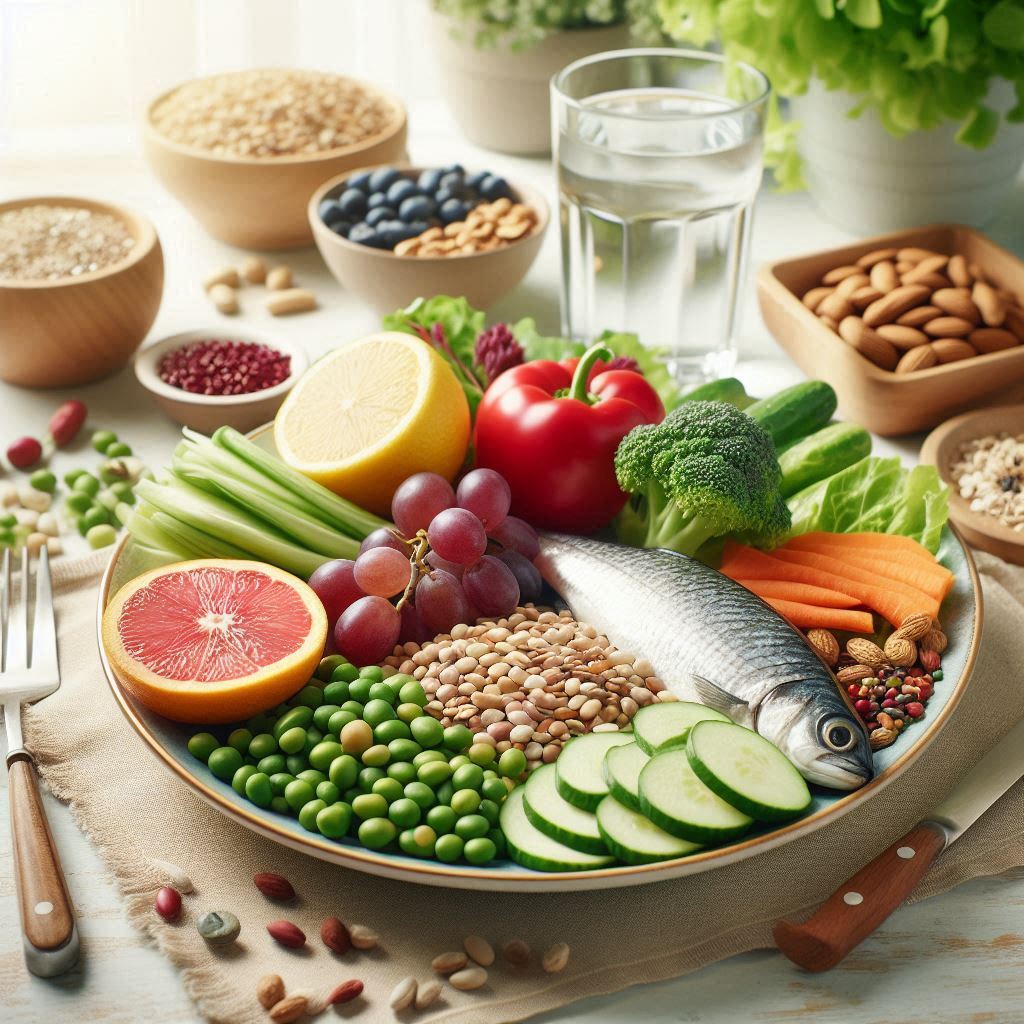Preventing type 2 diabetes is a crucial health goal for many, given the condition’s rising prevalence and significant impact on overall well-being. One of the most effective strategies lies in understanding how different food groups influence our risk levels. By focusing on what we eat, we can make informed choices that promote better blood sugar control and overall health. This blog will explore the specific food groups that can help reduce the risk of developing type 2 diabetes, providing practical insights and actionable tips to incorporate these beneficial foods into your diet. Whether you’re looking to prevent diabetes or simply improve your eating habits, understanding the role of food groups is essential for fostering a healthier lifestyle.

In recent years, the rising prevalence of type 2 diabetes mellitus (T2D) has become a major global health concern. With the World Health Organization estimating that over 422 million people worldwide are living with this condition, understanding the factors that contribute to T2D risk is more important than ever. One significant factor that plays a crucial role in our risk of developing T2D is our diet.
A systematic review and meta-analysis conducted by researchers, including Lukas Schwingshackl and colleagues, provides insightful findings on the relationship between diet and T2D risk. Their comprehensive study explored the impact of 12 major food groups on the likelihood of developing type 2 diabetes. The results were eye-opening and can guide us in making informed dietary choices.
The Food Groups in Focus
The study systematically reviewed prospective studies examining the effects of whole grains, refined grains, vegetables, fruits, nuts, legumes, eggs, dairy, fish, red meat, processed meat, and sugar-sweetened beverages (SSB). The conclusions drawn from the analysis shed light on which foods may help reduce T2D risk and which ones could potentially increase it.
Foods Linked to a Decreased Risk of T2D
1. Whole Grains: Increasing your intake of whole grains has been consistently associated with a lower risk of developing T2D. Whole grains are packed with nutrients and fiber, which help regulate blood sugar levels and improve satiety.
2. Fruits: Fruits are rich in vitamins, minerals, and antioxidants, making them an essential part of a healthy diet. The research indicates that higher fruit consumption can significantly reduce T2D risk, thanks to their natural sugars and fiber content.
3. Dairy: Consuming dairy products, particularly low-fat varieties, may also contribute to a lower risk of T2D. Dairy is a source of calcium and can be beneficial for maintaining healthy bone and metabolic health.
Foods Linked to an Increased Risk of T2D
1. Red Meat: The analysis highlighted that higher consumption of red meat is associated with an increased risk of developing type 2 diabetes. It’s worth considering moderation and opting for leaner sources of protein.
2. Processed Meat: Processed meats, such as sausages and deli meats, also showed a concerning association with increased T2D risk. These products are often high in saturated fats and preservatives, which may contribute to insulin resistance.
3. Sugar-Sweetened Beverages (SSB): Perhaps the most alarming finding is the strong correlation between the intake of sugar-sweetened beverages and T2D risk. These drinks are high in added sugars and calories, leading to weight gain and increased blood sugar levels.
For More Information Visit Here
The Importance of Balance
The study concluded that optimal consumption of risk-decreasing foods can lead to a 42% reduction in the risk of T2D, while consumption of risk-increasing foods may triple the likelihood of developing this condition. This evidence emphasizes the idea that what we eat matters significantly in the context of our health.
Making Informed Choices
While the results of this meta-analysis are compelling, it’s essential to remember that diet is just one factor in the complex puzzle of diabetes prevention. A holistic approach that includes regular physical activity, maintaining a healthy weight, managing stress, and regular health check-ups is equally vital.
Final Thoughts
As we dive deeper into the nuances of how specific foods impact our health, it becomes increasingly clear that our dietary choices shape our wellbeing. By emphasizing whole grains, fruits, and dairy in our meals while limiting red meat, processed meat, and sugary drinks, we can take significant strides toward reducing our risk of developing type 2 diabetes.
So let’s make conscious choices to nourish our bodies and empower ourselves to lead healthier lives. After all, every small change can make a big difference!
Discover more from fuel for life
Subscribe to get the latest posts sent to your email.



